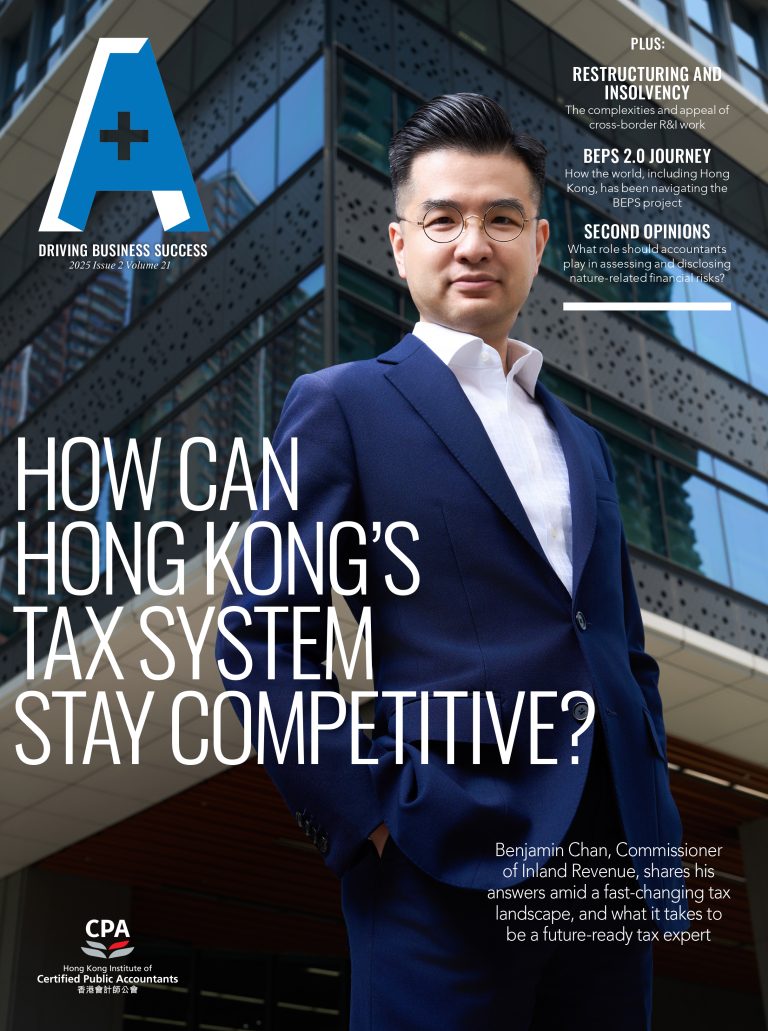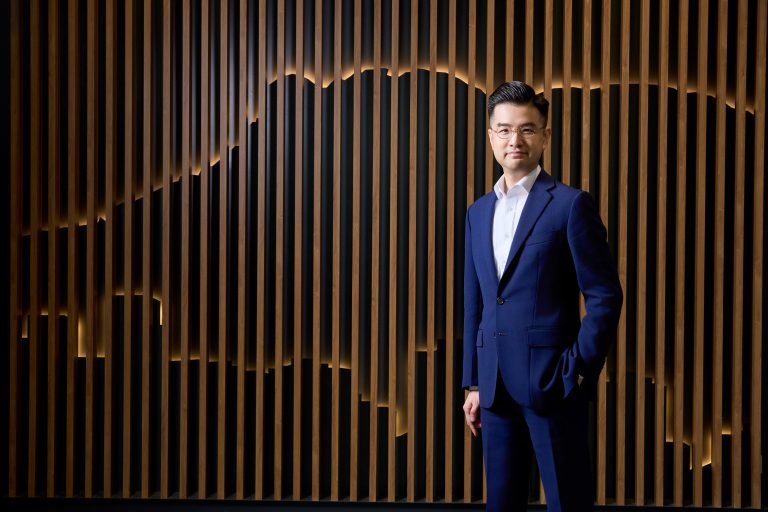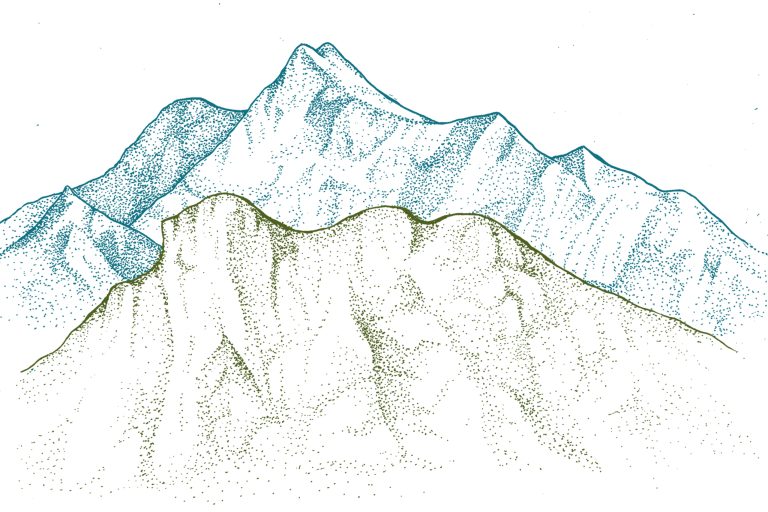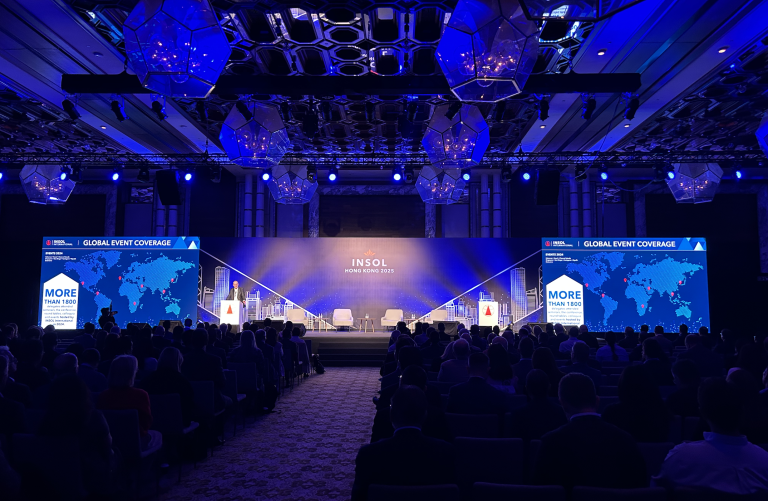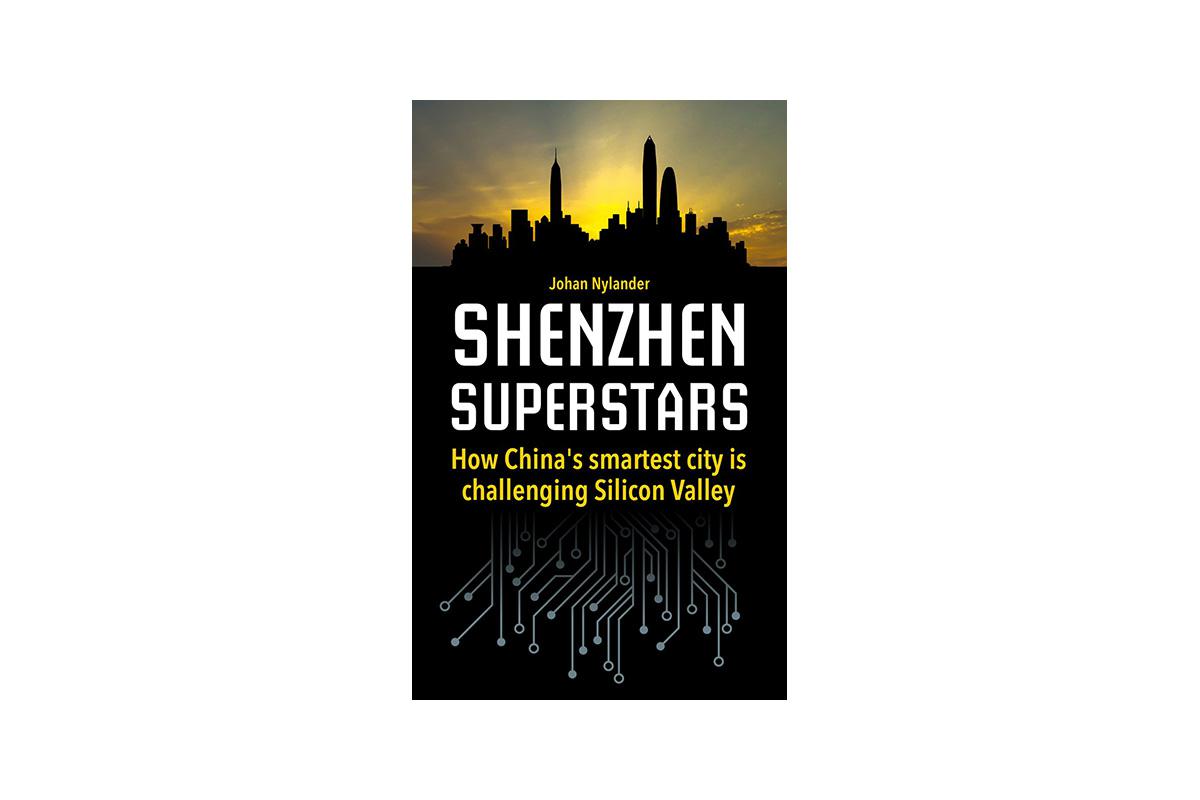Title: Shenzhen Superstars: How China’s smartest city is challenging Silicon Valley
Author: Johan Nylander
Publisher: Self published
In 1992, China’s then paramount leader, Deng Xiaoping, took in the sights of southern Guangdong during an inspection tour. “Shenzhen… and some other localities have undergone rapid development. It is really out of my expectations,” he was quoted as saying by the People’s Daily.
It was a comment made with the taciturn Deng’s typical understatement, but he was quick to acknowledge that the special economic zone initiative had exceeded his expectations and had succeeded through effort, not theory. “Shenzhen’s rapid development was the result of doing solid work, not the outcome of delivering speeches or writing articles,” he said on the same trip.
Yet despite Deng’s warning, Shenzhen is now a highly written-about city. Its latest story is Shenzhen Superstars, a slim but punchy volume by Johan Nylander, a Swedish foreign correspondent who lives with his
family on Lamma Island in Hong Kong.
As the title suggests, Nylander is a bit of a Shenzhen groupie, but that doesn’t prevent him from taking an independent view of its rise and future prospects. “The city is increasingly built on high finance, high tech and creativity,” Nylander writes, noting that it is surrounded by the “world’s most complete supply chain” for hardware manufacturing.
Nowadays, Shenzhen has to be seen as part of the Greater Bay Area, a megalopolis of up to 40,000 square kilometres and 120 million people, depending on how it’s measured, and a global leader in trade, logistics and, significantly for the author, technology and innovation.
The book’s synopsis repeats the myth that Shenzhen was a “fishing village” when it became a special economic zone in 1980, although in his text, Nylander acknowledges
that it was inhabited for centuries. Indeed, Shenzhen was a substantial market town for most of the 20th century and a major commercial hub with a population of about 30,000 at the beginning of the 1980s when development took off.
When it comes to real estate, location is everything and Shenzhen was in the right place at the right time, strategically set between Hong Kong and Guangzhou as they both began to benefit from China’s late-20th-century economic awakening.
More importantly, Nylander’s catalogue of its subsequent spectacular growth is spot on. With old-fashioned beat reporting, Nylander traces the links among Shenzhen’s tech community for both hardware and software. Individual chapters are devoted to the rise of Huawei and Tencent.
Nylander’s book is not just wide-eyed description. Its pages are packed with
useful advice, especially for the technologically savvy newcomer. Acknowledging that Invest Shenzhen, the official investment promotion agency, is far from leading edge, he directs readers to the city’s many incubators and accelerators.
Bureaucracy rears its sluggish head again a few pages later in an interview with Zhou Luming, Founder of China Radical Innovation 100 but formerly an official. “Zhou realized that working for the government didn’t bring his vision forward fast enough or resourcefully enough,” Nylander says of the man now known as the father of Shenzhen startups. But it’s unclear, according to the book, whether the government hinders entrepreneurs or tries to keep out of their way.
Although Nylander sometimes paints Shenzhen as the biggest tech city no one’s ever heard of, what’s surprising is its high standing within the international technology community. “In most ways, Shenzhen is a nicer city than San Francisco,” Scotty Allen, an American tech entrepreneur who began visiting Shenzhen several years ago, tells the writer.
This assertion is backed up by Nylander’s interviews with the clubbers and cocktail sippers who rely on the city’s soft power to measure their own quality of life.
He cites the development of the OCT Loft area, a district built on the site of the former Overseas Chinese Town and one of the first industrial zones in Shenzhen, as a sign of its cosmopolitan maturity and as “one of the country’s most vibrant cultural and artistic enclaves,” he writes.
Nylander does point out flaws: the city’s history has been obliterated and most of the people are migrants meaning “[T]he city’s rapid transformation has turned it into a place with no identity, a place that is difficult to call home.”
Corruption and red tape are major issues, while government censorship and social controls stifle innovation. Dodgy manufacturers abound, labour conditions can be primitive and corporate social responsibility is largely unknown. But Shenzhen’s overall effect on Nylander is positive: “I want to tell the world about this amazing city.”
Author interview: Johan Nylander
Johan Nylander was a journalist in his native Sweden when lust for adventure lured him to Asia. “We were looking for adventure, something more exciting and social than Sweden,” he says. “Growing up with kung fu movies, Hong Kong was the place to go,” he says only slightly tongue in cheek.
Almost seven years later, the Nylander family calls Hong Kong home. They live on Lamma, an island of about 7,000 people less than half an hour by ferry from Central. “We plan to stay,” he says. “China and neighbouring Asian countries are also great places to work as a journalist.”
Ever the curious reporter, Nylander visited Shenzhen precisely because he was advised not to go. “When we first moved to Hong Kong in 2011, our new friends here warned against going to Shenzhen. ‘You’ll get lung cancer,’ they said, ‘and they’ll steal your kidney.’”
He admits that on his initial visit, Shenzhen “was less than charming” but he warmed to the still growing city. “As I got to know my way around town, I started to realize what an amazing place it is, especially in terms of tech startups and business.” It’s not all business, he adds. “Today I go there all the time, often for interviews but also to hang out at the many craft beer bars.”
Overall, Shenzhen Superstars (the first of three books he is writing about the region) is positive about the trade and economic opportunities that Shenzhen offers, but Nylander acknowledges that, as part of Mainland China, there are negative issues. “I think all businesspeople doing trade in countries with problematic human rights records, such as China, have a moral obligation to not only look at money but to social values,” he says.
He believes Shenzhen is freer than most other parts of the country. “The government is supportive in all kinds of ways to help startups and the tech sector, as long as it’s in the government’s interest,” he says. “Hong Kong is more international and extremely social [but] Shenzhen is, however, emerging into a metropolis with more people from across the world moving in. Both cities are cool, with different strengths.”
Silicon Valley, Nylander adds, should open its eyes to how technology has developed in Shenzhen, particularly the integration between hardware and software, where, he says, “China is today outsmarting the West.”
